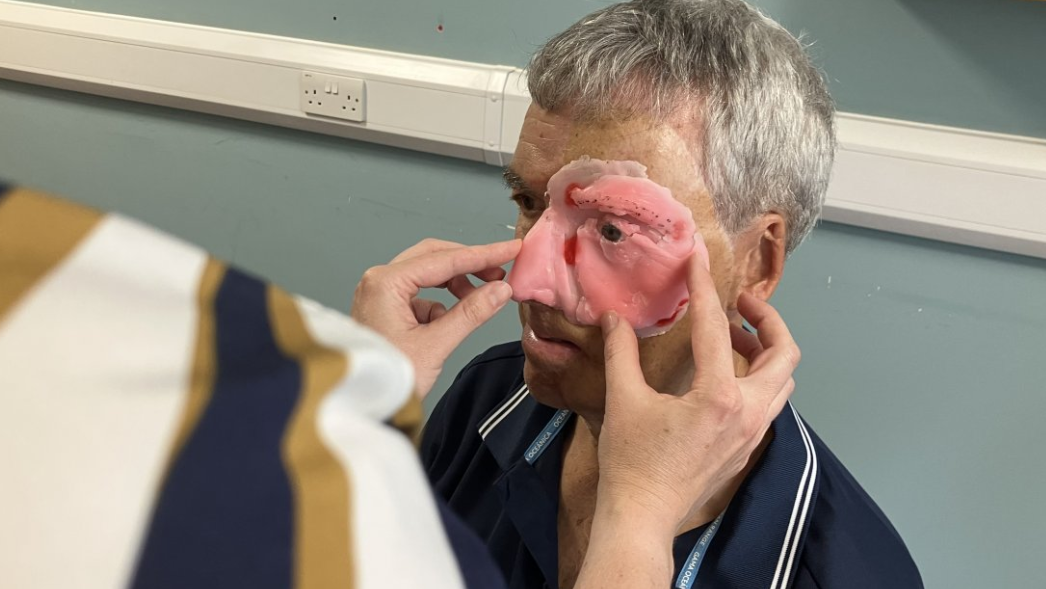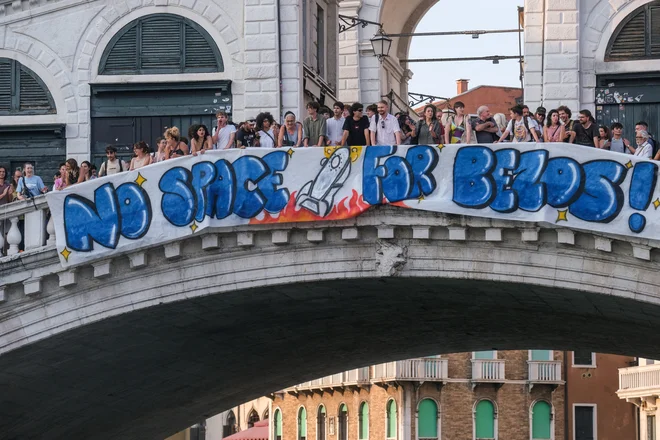Geometrically frustrated rose wants to take on a form that is spatially impossible
/s3/static.nrc.nl/images/gn4/stripped/data131613543-fdf116.jpg)
The world may then head for chaos, disasters and tyranny, in the journal Science Publish three physicists A thorough treatise About how rose petals get their pointed shape.
That form, and especially the way it comes about, is special and new, says Sourv Roy, a researcher at Leiden University and the Amsterdam research institute Amolf. Roy specializes in elastic materials, which, for example, play a role in soft robots. « This is really an inspiring paper. It gives us a new button to turn on when designing elastic structures, » he says.
Of some rose types, for example the Black Baccarathe outer rose petals fold into several pointed ends. The older the rose magazine, the more points. The appearance suggests a satin -soft spikiness that fits nicely with the flower of passion and sharp thorns.
But there is also a mathematical side: the formation of those dots, CUSPS in the Science-article, is the result of what mathematicians call a ‘geometric frustration’: through local variations in cell growth ‘the rose magazine wants to take on a form that is spatially impossible. That gives internal tensions that concentrate in the pointed ends.
The edges of endive
One type of frustration, or ‘incompatibility’ was already well known from all kinds of surfaces in nature, says Roy. « We already knew the Gauss-incompatibility. You can see it, for example, in the wavy edges of leaves of some plants, for example lettuce. » Examples are curl lettuce (lollo rossa) and endive. The leaf tissue on the outer edge of the leaf is faster than the inner parts. To offer space for this, the edges go bubbling or waves. This explains the outdoor fringes of the Lollo Rossa, but also the more subtle ridges in many other plant leaves.
« You can see the same thing if you tear a garbage bag by hand, » Roy gives another example, « At the crack the plastic stretches on the spot, that gives a wavy pattern at the crack. »
But the points of the rose magazine are the result of a completely different type of incompatibility, Eran Sharon and two colleagues from Hebrew University of Jerusalem show in it Science-article: The Mainardi-Codazzi-Peterson-Incompatibility (MCP). It is named after the mathematicians who first described him in the language of non-Euclidic mathematics, the math of curved surfaces. The MCP incompatibility is not about local variations in surface, but in the curvature.
Kromming is the tendency to crooked, such as with a poster that has been rolled up for a long time, and that does not remain flat immediately. With such an annoying curling poster, the desired curvature can be achieved.
But with rose petals this leads to a frustration: the leaf is curved in the direction of the attachment point of the leaf, but that direction is not the same everywhere. The crooked directions form a kind of fan shape, and cannot be combined. Due to the curvature ‘wants’ the end of the rose petal to roll into a roll, but the leaf cannot agree on the direction of that roll.
Local concentration
The solution for those internal tensions is the formation of the pointed CUSPSwhere the tension is concentrated locally. Between those points, the curling rose leaf roll can simply be curved straight or inside, which gives the rose petals their pointed appearance. While the rose petal grows, the curvature is getting stronger and stronger. The rose magazine then changes from a flat round shape into a form with one, two, three and sometimes four or five points. The fertilized leaves are on the outside of the rose.
In the publication, the researchers carefully die this mechanism with mathematics and computer simulations of round surfaces, but they also make plastic versions of the rose petals, with precisely programmed curves: the same pointed ends appear. Millimeter -thin strips of rose blade, meticulously cut out, also show that the curvature is mainly on the edge, and is aimed at the attachment point. The leaves do not curve in width.
« This group had previously investigated MCP incompatibility, but now they show convincingly that it also happens in nature, » says Roy. You can see the mathematical explanation of the shape of rose petals as poetic, or the opposite, but the underlying principles can also be found in other applications.
« You can think of soft robots made from elastic materials, » says Roy. Such robots, for example made from silicone, can deal with delicate materials and are less dangerous for people than powerful metal robots. Medical devices, such as stents that develop in a blood vessel to the desired shape, also lean on elastic design principles.
« The ‘popping’ from one form to another is almost always due to geometric incompatibility, » says Roy, « and this is a very new type of incompatibility that we can use in the design of elastic structures. »
That the phenomenon rises in De Roos, one of the most appreciated and symbolism -loaded flowers in Western culture, is actually a coincidence, suspects Roy. « I actually think that the researchers don’t care so much about roses. »

/s3/static.nrc.nl/images/gn4/data133759041-e32ea6.jpg)
/s3/static.nrc.nl/images/gn4/stripped/data133765929-d429d6.jpg|https://images.nrc.nl/royXSemV2Y87eKTOl1tkgW6FdcI=/1920x/filters:no_upscale()/s3/static.nrc.nl/images/gn4/stripped/data133765929-d429d6.jpg|https://images.nrc.nl/nncQD9VXYa2TzYIl5phcdmU7rYU=/5760x/filters:no_upscale()/s3/static.nrc.nl/images/gn4/stripped/data133765929-d429d6.jpg)
:format(webp)/s3/static.nrc.nl/wp-content/uploads/2025/06/11102856/data133476860-8340d6.jpg)




